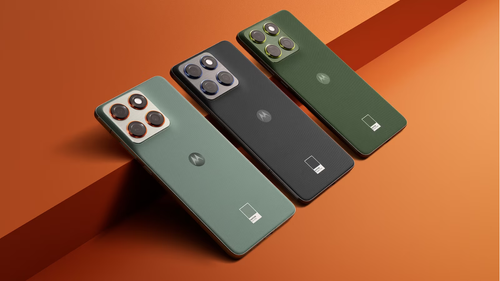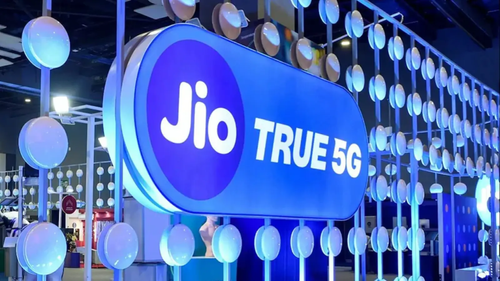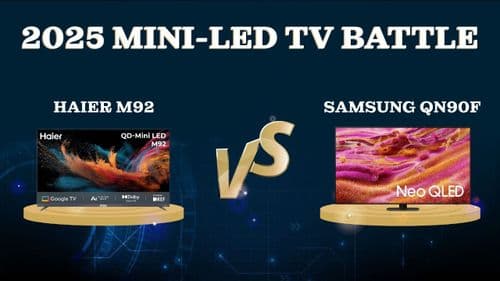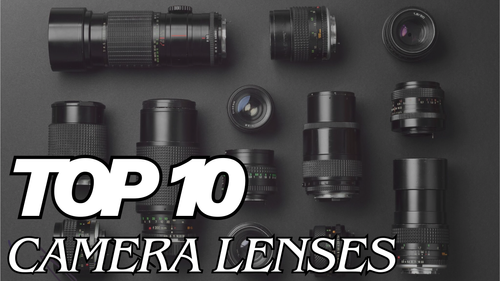Ad
Expert Reviews
LG C1 vs SONY A80J: which 4K OLED TV should be your pick?
LG and Sony have been on the top of their game when it comes to OLED TVs and if you have been eyeing a new TV, here is a quick comparison to ease your decision. Before we move to the comparison, let's take a quick look at the contenders.
LG C1

LG C1 launched in 2021 and replaced the old LG CX series bringing a host of upgrades and creature comforts. Though not the top-end TV from LG, C1 provides similar high-end features at a much lower price point. Available in 48”, 55”, 65”, 77”, 83” sizes
SONY A80J

SONY A80J provides excellent image quality and an amazing auditory experience. Though lacking some niche features it still gives its competitors a run for their money. Available in 55”, 65”,77” sizes
DESIGN
LG C1 houses all its internals at the bottom of the TV giving a more pleasing look when placed on the stand but while wall-mounted it sticks out a little too much.

LG C1 on its stand sits very low and does not provide any height adjustment making it difficult to put a sound bar under the TV.

On the contrary, all the internals of the SONY A80J, are evenly distributed behind the screen making the overall thickness of the TV less than that of LG C1. Thus, making it flush with the wall when wall mounted.

Sony A80J provides a height-adjustable stand giving the TV a more aesthetic look if you choose to opt for a soundbar.
Though both the TVs come with excellent build quality, the SONY A80J edges ahead because of its 3-way adjustable stand
DISPLAY
LG C1 comes with an improved panel over its predecessor which provides an excellent picture quality and almost infinite contrast, LG C1 supports DOLBY VISION and HDR10 resulting in amazing picture quality and viewing experience. LG also supports VRR (Variable Refresh Rate) which is a great feature for gamers.
SONY A80J takes the same panel used in LG C1 and improves upon it by using their Cognitive Processor XR which provides more realistic colour and depth. On top of providing infinite contrast, A80J is also able to reach a higher peak brightness (865 cd/m² vs767 cd/m² on a 2% area)
Even though one might not be able to perceive the difference when viewing individually, SONY A80J provides a much better viewing experience when compared to LG C1 side by side.
SOUND
LG C1 provides a decent sound experience even when not used with the sound bar with clear vocals and average bass. LG has constructed the TV stand in such a way that the sound coming from the bottom-mounted speakers is bounced toward the viewers.

SONY’s Acoustic Surface Audio+ makes a noticeable difference to the perception of sound when compared to the TVs from its competitors, the actuator is set up in such a way that the whole TV acts as a speaker by vibrating the part of the display where the sound is coming from giving it an amazing spacial awareness. SONY A80J can also be used as a centre channel when paired with SONY speakers.
When it comes to sound quality SONY A80J easily comes ahead of LG C1.
PORTS SELECTION

LG C1 packs an impressive array of ports including four HDMI 2.1 ports (two of which support eARC/ARC), three USB ports, both digital audio and analogue (3.5mm) out and an Ethernet port.

SONY A80J also comes with four HDMI ports but only two which are the latest HDMI 2.1 out of which only one supports eARC/ARC, SONY also features three USB ports one of which is a high-speed USB 3 port. Additionally, SONY also supports Composite In (with the help of an adaptor) and IR input.
LG C1 lacks some ports when compared to SONY A80J, but still manages to provide a better port selection due to its multiple HDMI 2.1 with eARC/ARC support
GAMING
Gaming is becoming one of the decision-making criteria when looking for a high-end TV. LG C1 supports all the common resolutions for the latest consoles, with various game-specific features like a ‘Game Dashboard’ and ALLM (Auto Low Latency Mode). LG C1 also comes with VRR (Variable Refresh Rate) out of the box and support for FreeSync with a firmware update. The presence of multiple HDMI 2.1 ports with support for eARC/ARC also means users can connect multiple consoles at the same time.
SONY A80J does not support VRR and ALLM out of the box, a firmware update is required to enable the features. A80J also lacks 1440p 120hz mode for the Xbox (PS5 can’t do 1440p).The lack of multiple ports supporting eARC/ARC also limits users if they decide to connect multiple consoles at the same time.
LG C1 becomes a clear choice for the people looking to use their TV as a gaming display due to its better ports selection, lower response times and more game-focused features.
SOFTWARE

LG C1 comes with the company's proprietary webOS 6.0, which although being easier to get used to is slower compared to its competitors.

SONY A80J runs Google TV which replaces the older Android TV. Compared to LG’s webOS, Google TV provides a much smoother experience while navigating through the OS. Although both the devices have few advantages when it comes to software, SONY wins here due to its use of Google TV which is more widely used.
VERDICT
Both LG C1 and SONY A80J are on equal footing when compared to various categories. If you are looking for an immersive media experience, SONY A80J has a clear leg up over the LG C1 whereas LG C1 becomes a better choice if you intend to use it as a PC monitor or a gaming display primarily.
PRICE
LG C1
48”- Rs.1,89,990/- 55”- Rs.2,29,990/- 65”- Rs.3,59,990/- 77”- Rs.8,99,990/- 83”- Rs.17,99,990/-
SONY A80J
55”- Rs.2,49,900/- 65”- Rs.3,39,900/- 77”- Rs.6,99,900/-
*The above-mentioned prices are MRP.
Follow Us:
Ad
Recent News

Google Unveils Gemini 3 Flash: Faster AI That Outshines Pro Model
18-Dec-2025 09:55 AM

Motorola Edge 70 Launches in India: Slim Design, Strong Battery
15-Dec-2025 07:14 AM

Jio’s Happy New Year 2026 Plans: Get Unlimited 5G and more
15-Dec-2025 06:38 AM

Amazon Bets Big on India’s AI Boom with New 2030 Roadmap
12-Dec-2025 12:23 PM

Google AI Plus Plan Launched in India: Affordable Access to Advanced AI Tools
10-Dec-2025 09:11 AM
Reviews & Guides
View All

Nothing Phone 3a Community Edition First Impressions: A Fresh Take on Budget Smartphones

Realme P4x 5G Review: Budget-Friendly Beast with Epic Battery Life

Haier M92 (H65M92FUX) vs Sony Bravia 7 (K-65XR70): Head-to-Head 65-Inch Mini LED TV Battle for 2025

Haier M92 (H65M92FUX) vs Samsung QN90F (65QN90FAFXZA): 2025 Mini-LED TV Battle for Your Living Room

Why doesn’t Apple reveal the iPhone battery in advertisements?

Top 10 camera lenses you should Own in 2025

Donald Trump Watch Collection: Timeless Luxury on the Wrist

Best Smartphones Under 30,000 in 2025
Ad
Latest Mobiles In India
Ad
Ad













